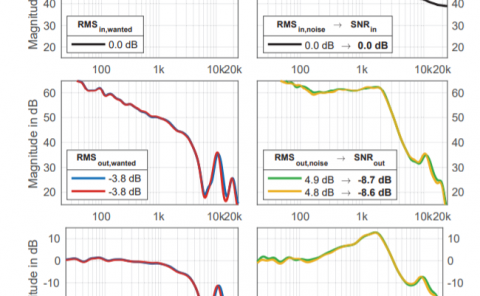Optimizing Anchor Node Deployment for Fingerprint Localization With Low-Cost and Coarse-Grained Communication Chips
PubDate: February 2022
Teams: Hunan University of Technology and Business;University of Concordia;Beibu Gulf University
Writers: Xiaolong Li; Jun Cai; Rongyang Zhao; Chuang Li; Chengwen He; Dian He

Abstract
A part of off-the-shelf wireless communication chips can only provide very coarse-grained information of the distance range between the transmitter and receiver. Exploiting such chips for precise wireless indoor positioning (WIP) becomes very valuable since their costs are comparatively low. For the WIP systems built on the coarse-grained communication chips, this article discusses the optimal anchor node deployment problem for fingerprint localization. The problem is very challenging since it implies three particularly important requirements of adaptive localization precision, unique fingerprint, and a minimum number of anchor nodes. To minimize the required number of anchor nodes while satisfying the three requirements, we propose two anchor node deployment algorithms, namely, ANDAs and WANDA, both of which are developed for mediate and large-area deployment, respectively. We first prove the effectiveness of the chip in maintaining robust fingerprints and formulate the deployment optimization problem as a minimum attribute reduction problem. Then, to deal with the high computational complexity involved, ANDA is proposed by significantly reducing the search space of the optimization problem. To practically address the combination explosion problem for large-area deployment, the idea of area partitioning is adopted. Investigating anchor nodes at different grid vertices in subareas that may have different sharing degrees, WANDA is proposed to achieve an overall anchor node deployment optimization. Simulation and experimental results demonstrate the validity and the superiority of ANDA and WANDA over counterparts. For large-area deployment, compared to ANDA, WANDA can further decrease the total amount of anchor nodes by 17%.

